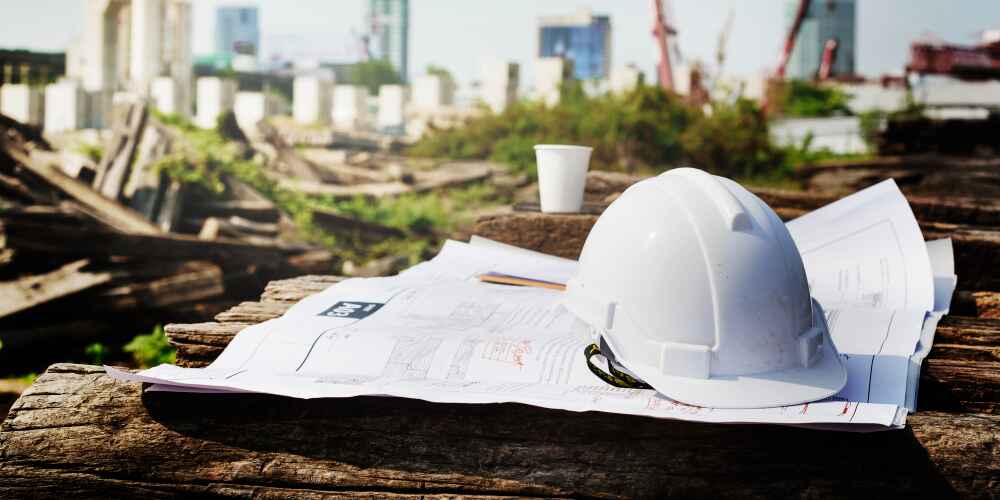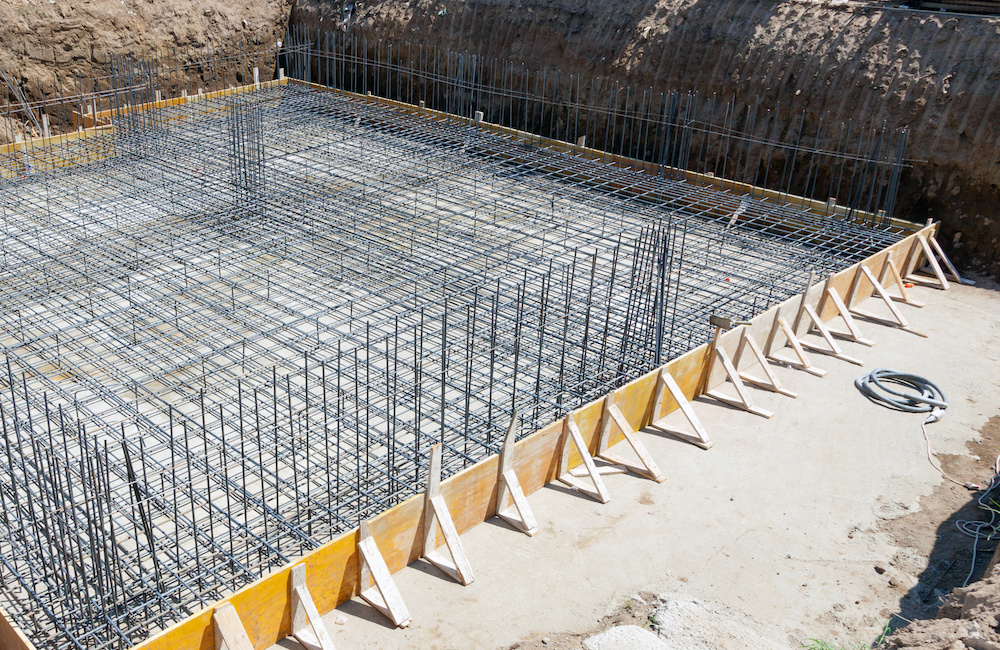At Bill’s Custom Concrete & Yard Drainage, we understand how important it is to ensure that every construction project is not only structurally sound but also environmentally responsible. One key aspect of that responsibility is effective erosion control. Whether you’re constructing a concrete driveway in Oklahoma City, a foundation, or a landscape, managing soil erosion is essential for both the durability of the project and the long-term health of the surrounding environment.
What is Erosion Control?
Erosion is the process by which soil is worn away by natural forces like wind, water, or human activities. During construction, this can happen when soil is disturbed or exposed. For example, when digging foundations, grading land, or clearing an area for construction, the soil becomes vulnerable to erosion. Without proper erosion control measures, that loose soil can wash away, leading to a range of issues. That’s why we, as professionals in both concrete work and yard drainage, emphasize the importance of proactive erosion control during every phase of construction.
Why Erosion Control is Crucial
- Preventing Structural Damage
The most significant reason to address erosion during construction is to avoid damage to your structure. If the soil beneath a concrete slab or foundation starts eroding, it can cause the ground to shift or settle unevenly. This can lead to cracks in concrete, misaligned foundations, and even structural collapse over time. In areas with heavy rainfall or on sloped land, erosion can be especially problematic, washing away the very ground your building or concrete work depends on.
- Protecting Surrounding Areas and Landscaping
Soil erosion doesn’t just affect the construction site itself. When erosion happens, loose soil can wash away into nearby areas, potentially damaging landscaping, lawns, and plants. This can also result in sediment runoff into storm drains or water systems, which can lead to pollution and water quality issues.
By incorporating erosion control, such as installing silt fences or planting ground cover to protect the soil, we prevent the runoff of sediment into surrounding areas. This not only protects landscaping but also helps maintain the health of the local ecosystem by preventing sediment from clogging waterways and harming plant and animal life.
- Minimizing Environmental Impact
As environmental awareness grows, so does the need for responsible construction practices. Erosion can contribute to significant environmental damage by causing sedimentation, which can clog rivers, streams, and lakes. This leads to water pollution, the destruction of aquatic habitats, and even floods. Proper erosion control practices help reduce these negative impacts, making sure that your construction project doesn’t harm the surrounding environment.
For instance, using mulch or erosion control blankets on slopes and bare soil areas minimizes water runoff, allowing rainwater to be absorbed into the soil. This helps prevent soil from washing away and ensures that construction does not disturb the natural balance of the area.
- Reducing Long-Term Maintenance Costs
Ignoring erosion control can lead to expensive problems down the line. After a concrete surface, driveway, or foundation is poured, water runoff and soil erosion can cause cracks or uneven surfaces. Repairing or replacing damaged structures can be costly and time-consuming. But by using erosion control techniques early on, such as proper grading or building drainage systems, we help prevent these costly issues from occurring.
In the long run, a well-managed construction site protected from erosion requires fewer repairs and maintenance. This saves homeowners and builders a lot of time and money while ensuring that the structure remains intact for years to come.
- Complying with Regulations and Standards
In many areas, erosion control is not just a best practice—it’s a legal requirement. Local governments often have strict guidelines in place to prevent erosion during construction, particularly in areas with steep slopes, near waterways, or in regions prone to heavy rain. Failing to adhere to these regulations can result in fines, delays, or even the halting of your construction project.
As experienced professionals, we make sure that all erosion control measures we implement meet or exceed local environmental standards and regulations. This ensures that the project moves forward smoothly and avoids any unnecessary complications.
How We Implement Erosion Control
 At Bill’s Custom Concrete & Yard Drainage, we take a comprehensive approach to erosion control in every concrete work we handle in OKC. We start by assessing the landscape and identifying areas at risk of erosion. Then, we tailor our erosion control strategy to meet the specific needs of the project.
At Bill’s Custom Concrete & Yard Drainage, we take a comprehensive approach to erosion control in every concrete work we handle in OKC. We start by assessing the landscape and identifying areas at risk of erosion. Then, we tailor our erosion control strategy to meet the specific needs of the project.
Some of the methods we use include:
- Silt Fences: These are installed around the perimeter of a construction site to prevent sediment from leaving the site and flowing into nearby water sources.
- Erosion Control Blankets: These are used on slopes to stabilize soil and promote the growth of grass and plants.
- Retaining Walls: For areas with steep slopes, retaining walls help prevent the downward movement of soil and create a more stable surface for concrete work.
- Proper Grading: We ensure that the land is properly graded to direct water away from the foundation, preventing pooling and erosion around concrete structures.
By implementing these erosion control techniques, we help protect your investment in construction and contribute to a healthier environment.
At Bill’s Custom Concrete & Yard Drainage, we’re skilled in delivering high-quality concrete work while preventing erosion. Contact us online or call us at 405-755-3975 for a consultation. Explore our completed projects in our work gallery!


